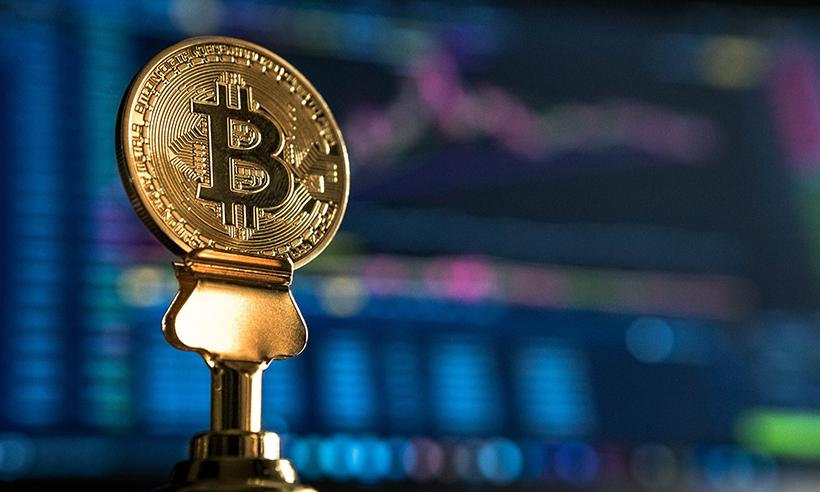All You Need to Know About Bitcoin Laundering
Table of contents
So, what makes Bitcoin so enticing to criminals? The answer appears to be a mix of the amount of anonymity it provides, simplicity of use, and capacity to evade international boundaries and regulations.
Criminals who generate huge sums of money through cybercrime must find a way to pay without being caught by the police. In addition to being a common facilitator of cybercrime, criminals are beginning to use Bitcoin as part of their cash-out strategy to launder unlawful gains.
According to Investopedia, the Bitcoin system is a network of computers that runs Bitcoin's code and stores its blockchain. A blockchain may be viewed as a metaphorical collection of blocks. Each block contains a set of transactions.
Nobody can fool the system since any computer running the blockchain has the same list of blocks and transactions and can see these new blocks being filled with new Bitcoin transactions in real-time.
To better understand crypto crime and trading in general, make sure to always use reliable platforms with a reputable background. The Following App is one such option as it automatically connects you to popular brokers and offers secure registration.
Bitcoin is built on the blockchain, a public ledger that records all transactions. Transaction C is related to transaction B, which is tied to transaction A. Because Bitcoin addresses are not associated with individuals and can only be accessed by the owner who has access to the Bitcoin wallet, criminals may operate with relative anonymity.
In other words, even if authorities believed these transactions were linked to illegal activity, they would have difficulty connecting it back to any specific person or business.
But What Happens When It’s Time to Withdraw Your Money?
Suppose the transaction used to pay out somehow identifies the criminal. In that case, this might be connected back to transactions related to illicit conduct, such as receiving a ransom or selling illegal items.
Bitcoin mixing services help criminals disguise the origins of crime income, separating them from illicit operations so they may cash out discreetly.
Customers are generally given a newly created Bitcoin address to deposit funds into. After deducting a mixing charge, the Bitcoin mixing service distributes additional Bitcoins from its reserve to the customer's Bitcoin addresses. To give the appearance of validity, some randomisation is introduced to the frequency and quantity of payments/fees.
The blockchain enables thieves to determine the percentage relationship between deposited and received Bitcoins after the mixing process, known as ‘'taint." There is no connection if the Bitcoin mixing is done correctly.
Some Bitcoin mixing services can ensure those repeat clients who have previously been provided with a contaminated Bitcoin are not issued the same Bitcoin in subsequent transactions.
A study featured an experiment in which several Bitcoin mixers and exchanges were evaluated to see how viable the relevant businesses were as a combined strategy for money laundering using Bitcoin.
The result was that dark web Bitcoin mixing services are partially frauds and partly functioning services. Three of the five mixing services tested were frauds, while the others were functioning. Online reviews of these businesses might help to decrease the possibility of getting duped.
In terms of Bitcoin exchange services, the majority delivered on their promises, although with varying degrees of anonymity. For example, one exchange firm linked the mixed currencies directly to a bank account, exposing offenders to law enforcement.
Criminals will use output platforms such as PayPal to receive money with minimal registration requirements that may reveal a link to their identity to maximise anonymity.
According to Quartz, however, laundering money using Bitcoin is a terrible idea since transactions involving cryptocurrencies like Bitcoin are recorded on a permanent, public, and irreversible ledger that can give unparalleled transparency into financial activities.
In summary: Can Bitcoin Laundering Survive?
Bitcoin laundering is a realistic and cost-effective alternative for cybercriminals to launder illicit gains, and it is thus very likely to be used in money laundering schemes today and in the future.
While the low 15 per cent fee makes it a low-cost alternative, certain providers may refuse transactions that surpass a specific level. As a result, it is unclear if this cash-out mechanism will be sustainable when greater sums of money are laundered.
